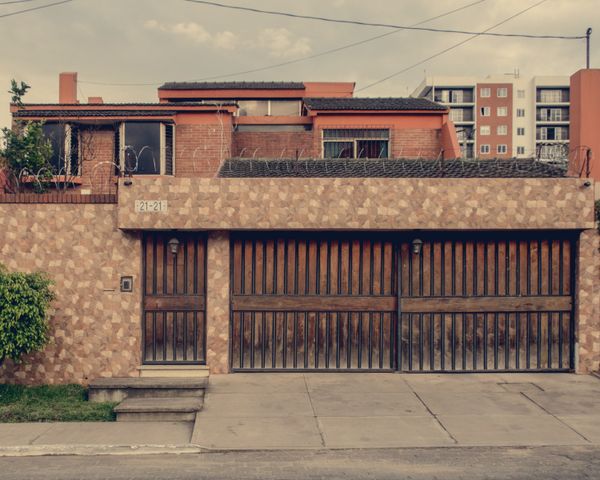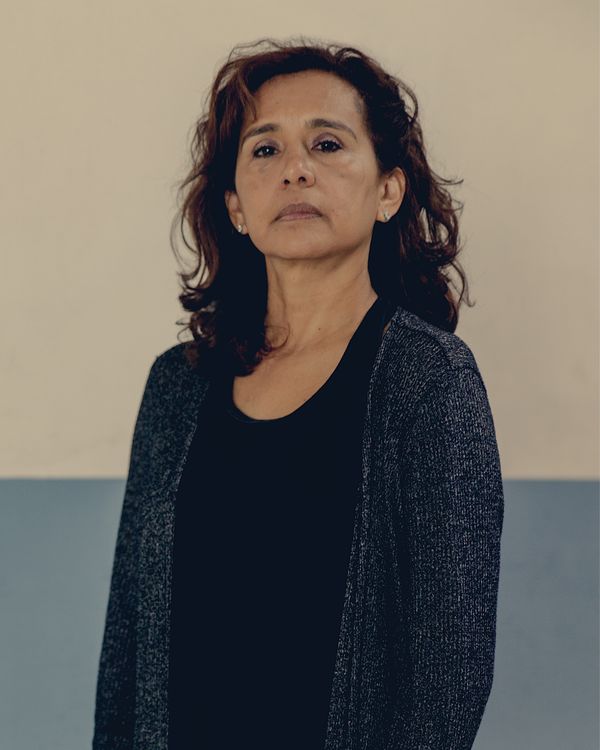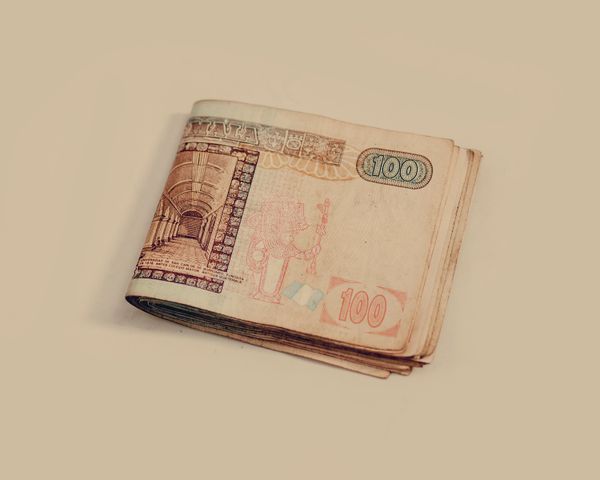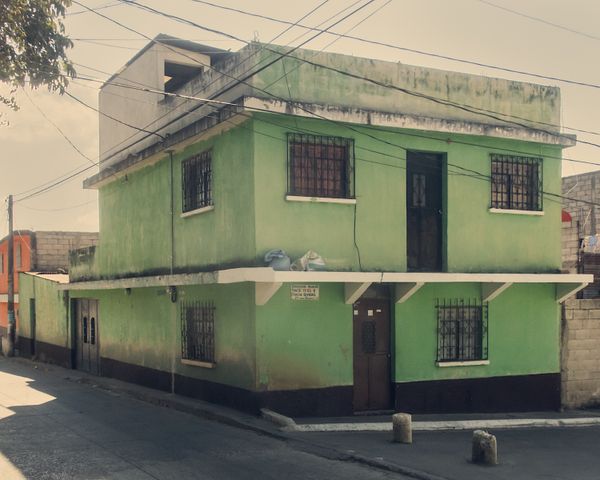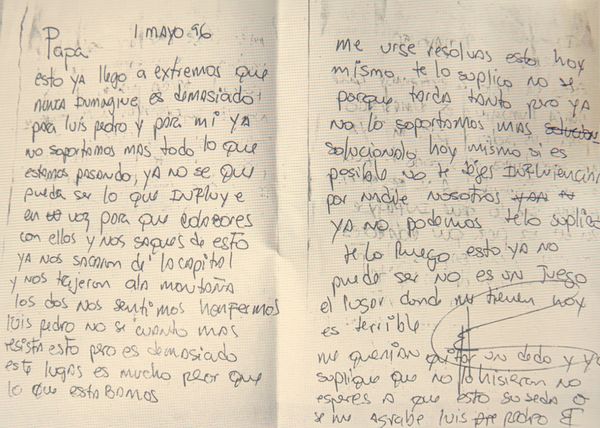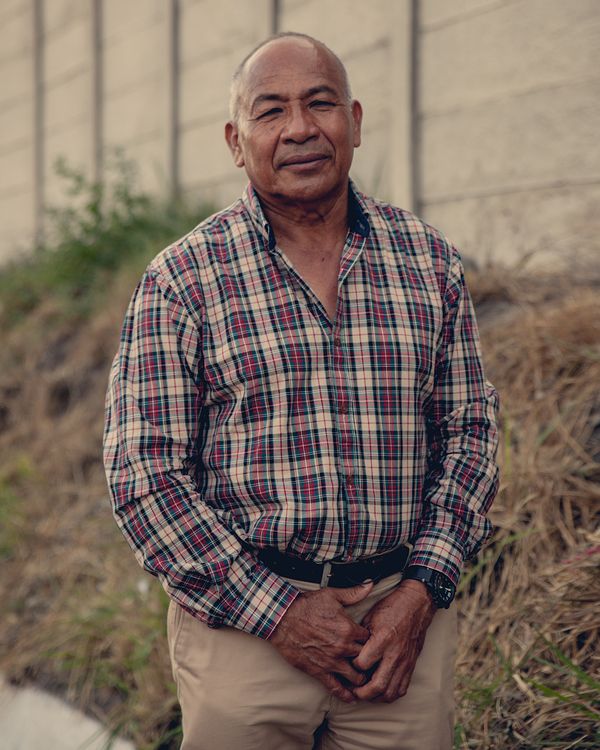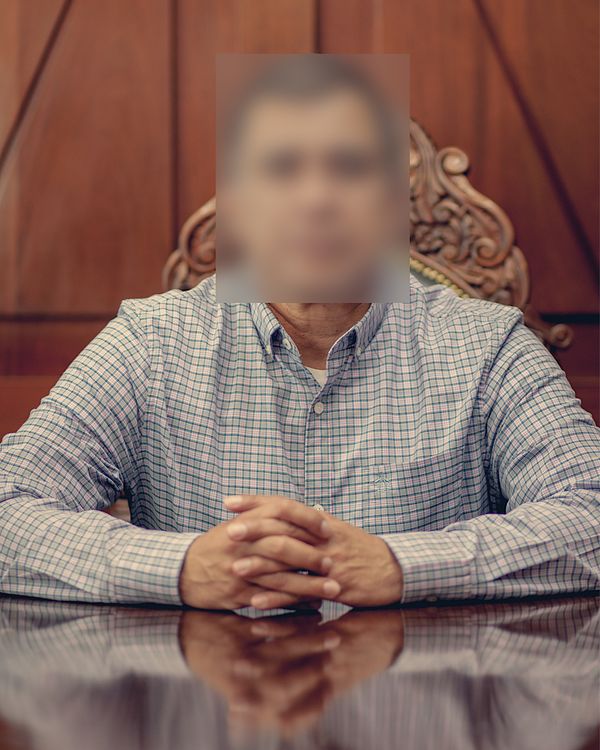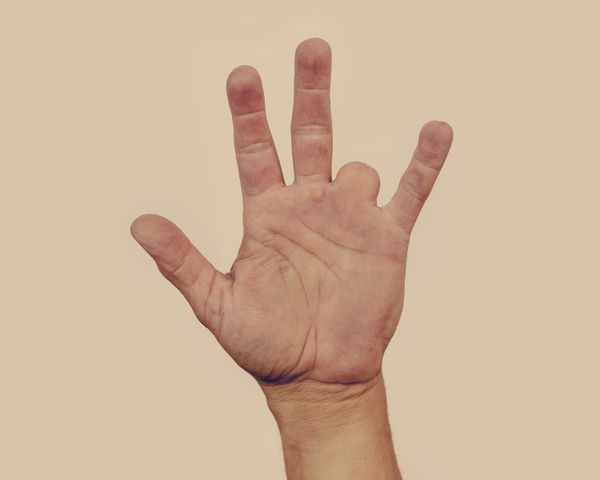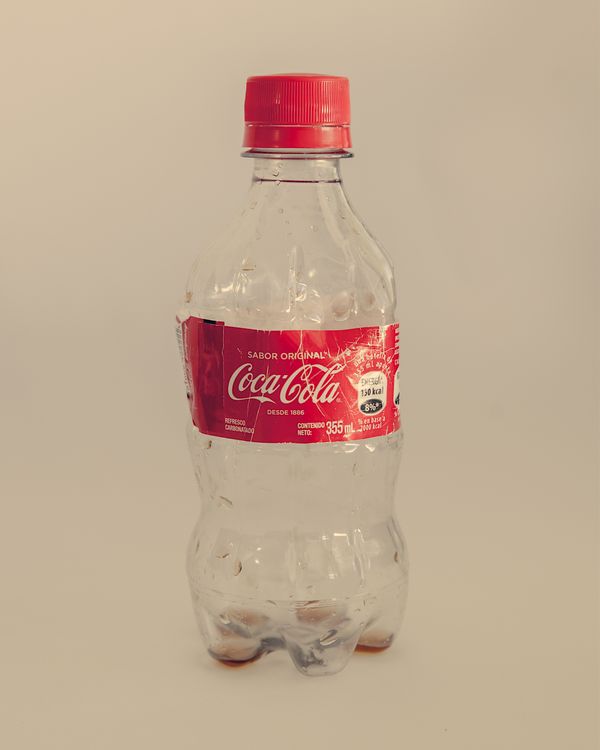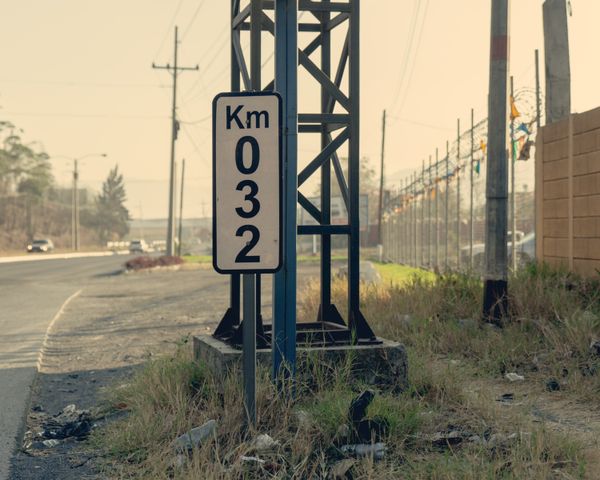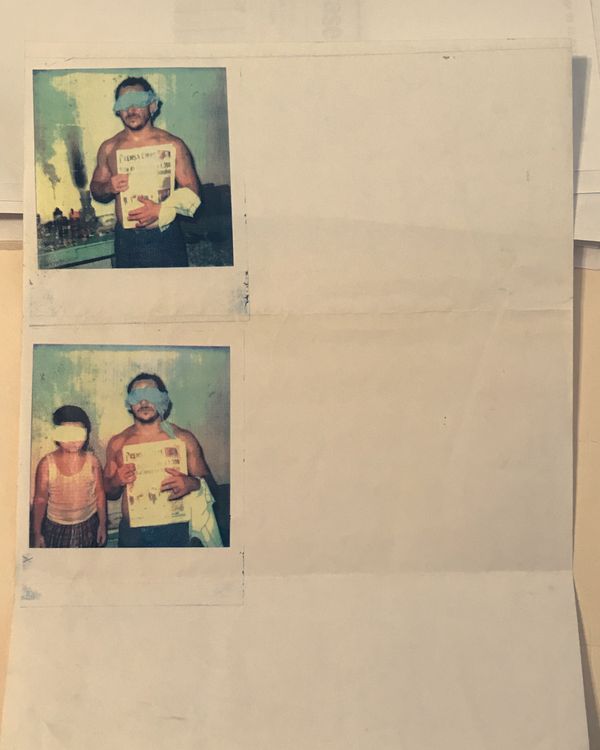Luis Corzo's Los Pasaco
-
Published18 Aug 2022
-
Author
At age 6, Guatemalan photographer Luis Corzo was kidnapped for ransom with his father. This was back in 1996, when an organized crime group known as “Los Pasaco” was terrorizing the country. The nation was at the time spiraling in a vortex of violence not so foreign to the current situation. Till today, Guatemala is full of stories and of countless traces that speak of violence, extorsion, corruption and death.
This, precisely, interested Corzo. Though based on his own story, his series aims at addressing the omnipresence of mass violence in Guatemala. « It’s about telling the story for a new purpose, to talk about a broader subject », he explains. “Not attempting to point fingers but rather trying to understand a bigger issue, and how we can prevent it.”
Through the reconstruction of his experience, he shows that violence hides at every corner. It may happen on the way to school – just like when a group of approximately seven men forcefully entered Corzo’s home through the garage as the family was heading out to take the children to the bus stop. It may mean to be forced to sleep buried in the soil up to one’s head. It may be an amputated finger sealed in a plastic container and hidden in the men’s bathroom of Pollo Campero. It may take the form of a group of police officers offering to assassinate your kidnappers on the spot for 1,000 Guatemalan Quetzales each (equivalent to approximately 130 USD).
Because the reason behind violence, Corzo realized, is money – a simple reason that he understood in an unlikely situation when he met his abductor in jail. “I was not prepared to meet him but his brother”, he recalls. Yet, when unexpectedly seated across him, he decided to reveal his identity and have a conversation. “I told him my name and his eyes immediately widened. He said, ‘how is your dad, how has he been ?’, as if asking about an old friend. And then we just had a conversation. He blamed all this crime on the significant economic differences among people. Inequality, envy and need.”
Corzo thus opted for a visual language evocative of that of an investigation – cold and factual, as if telling the story of someone else. With this approach, he manages to address the reason why people leave their country, when corruption brings so much poverty that people only find a solution in violence. “I remember asking my abductor, ‘if you do one kidnapping you can use the money to start a legit business’, and he answered, ‘then kidnapping becomes a bad habit’. Easy money”.
Find out more about Corzo’s series here: https://phmuseum.com/grants/shortlisted/41522
Dad, this has reached extremes that I could never have imagined. This is too much for Luis Pedro and I. We cannot endure all of this that is happening to us anymore. I don’t know what else needs to happen so that you cooperate with them and get us out of here. We have been taken out of the capital (Guatemala City) and brought to the mountains. We both feel sick. I don’t know how long Luis Pedro will be able to resist this but it is too much. This place is much worse than where we were before. You urgently need to resolve this today. I beg you. I don’t understand what is taking so long but we cannot take it any longer. Please resolve this today, if possible. Don’t let yourself be influenced by what anybody says. We can’t take it anymore, I beg you! I beg you, this cannot be. This is not a game. The place where they have me now is terrible. They want to amputate my finger but I begged them not to. Don’t wait until that happens or Luis Pedro will get very desperate.’ © Luis Corzo
Luis Corzo, born in Guatemala is a Brooklyn based artist. He primarily works using the different disciplines of photography, but also works with video to explore the obscurities of human activity and the space in which we inhabit.
Laurence Cornet is a writer and curator based in Paris focusing on cultural and environmental issues. She is also the editorial director of Dysturb and the international photo editor at Le Monde.
--------------
This article is part of our feature series Photo Kernel, which aims to give space to the best contemporary practitioners in our community. The word Kernel means the core, centre, or essence of an object, but it also refers to image processing.
